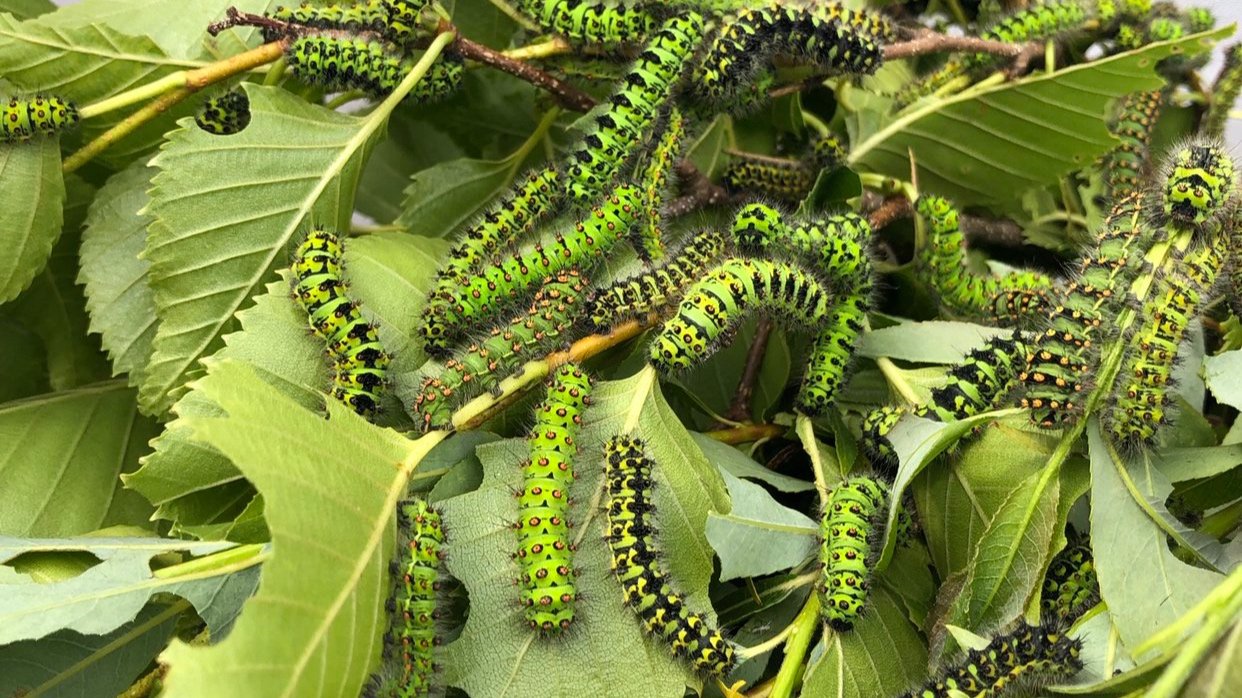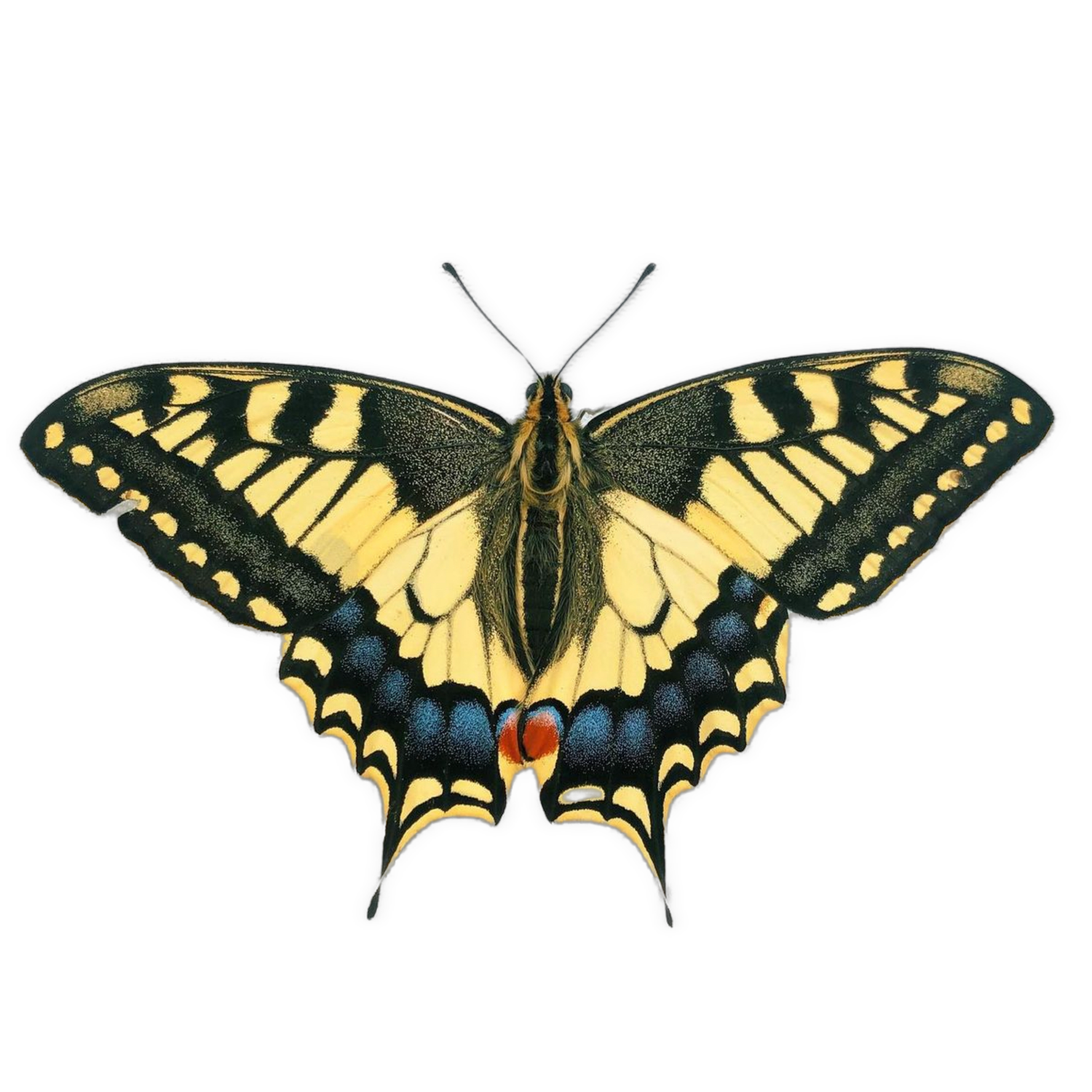Emperor Moth Care Guide
This refers to the rearing of Emperor Moths, specifically Saturnia pavonia; pyri; and Aglia tau.

Eggs should be kept in closed plastic containers to prevent them drying out. Typically, eggs are a grey colour. They do not change shape or colour, a large indent appearing can indicate the eggs are sterile. When the eggs start hatching, the young caterpillars will benefit from extra humidity at this time, which can be applied by finely misting the inside lid of the container - do not spray directly onto the eggs or allow them to sit in water droplets as this can drown the embryo or cause mould to grow, killing the developing caterpillar before it can hatch.
The best host plants for pavonia and pyri include: Fruit trees like Cherry, Plum, Apple, and other deciduous trees like Willow, Hawthorn, Alder, Beech, and multiple others. Aglia tau is best reared on hosts like Lime, Hornbeam, Oak, Hawthorn, Beech. Multiple others are reported.
You can add leaves to their container once the caterpillars hatch, but do not add any prior to this as leaves will release moisture and this often causes the eggs to mould before hatching. I prefer to transfer hatchlings to a new container so that eggs are not affected. Caterpillars grow quickly and are quite spectacular. I recommend rearing the early stages in plastic containers, then in mesh cages from L3 or L4.

When tau caterpillars are mature and fully-grown, they will search for somewhere to pupate. In the wild this would be underground, but in captivity you can simply provide a container with substrate to burrow into. I tend to use plastic bins lined with paper towel, which the caterpillars pupate among. They can then be easily removed a couple of weeks later.
Pavonia and pyri both spin mesh-like cocoons, where they will spend the winter. Cocoons are spun among the host plants or in the corners of the cages. They only produce one brood per year.
Pupae and cocoons of these species are overwintering, and will not emerge until they have been through a period of cold weather, either outside or refrigerated. They tend to emerge early in spring, with pavonia and pyri males flying by day in search of females - which are predominantly active at night time laying eggs. Pyri is entirely nocturnal.
Adult moths require minimal care. They do not eat, having no mouth parts, requiring only ample space to fly. A 60cm mesh cage would be ample size for around 10-20 adults of tau and pavonia, as they are only small species. Pyri is large and requires more space, so a 60cm cage would fit up to 10 adults, but a larger cage would benefit them.
